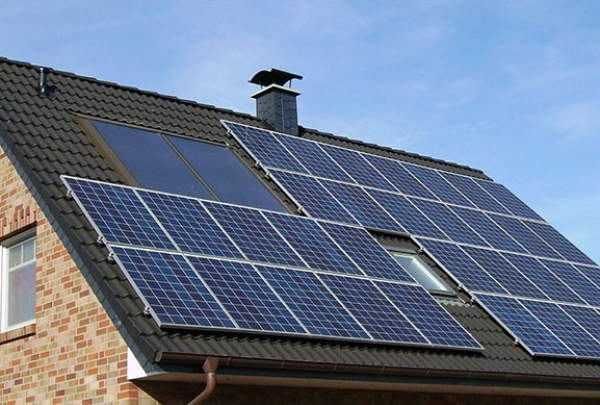Many of us are looking for ways to consume less energy at home as power rates climb.
The good news is that you can take action right away and do a lot of it for free. Without sacrificing comfort, you might save money and benefit the environment by implementing some of these suggestions and making a few little changes to your daily routine.
Using less hot water
About 25% of the typical household energy bill is related to hot water. How to lessen this includes:
- waiting until there is a full load before beginning to wash clothing in cold water
- Using the dishwasher only when it is completely full
- installing a low-flow showerhead (it will quickly pay for itself)
- shortening showers.
Selecting energy-saving appliances
Up to one-third of your energy bill may be attributed to household appliances.
Look for the Energy Rating Label when purchasing a new refrigerator, freezer, television, washing machine, clothes dryer, dishwasher, or air conditioner.
High star models can be slightly more expensive, but picking a less expensive, less energy-efficient product may wind up costing more over time. This is due to the possibility that operating expenses over the course of a product's lifetime could exceed any initial purchase price savings.
Use appliances responsibly
10% of your electricity cost may come from "standby power" utilized by appliances like microwaves, televisions, and gaming consoles. It uses power if it has a little light or clock.
Running expenses can be cut by:
- when not in use, turning off appliances at the wall
- removing any unused additional refrigerators and freezers
- instead of using the dryer, dry your clothes outside.
Effective heating and cooling
Energy use will rise by roughly 5% to 10% for every degree of increased heating or cooling.
Consider setting your heating thermostat to 18 to 20°C in the winter and 25 to 27°C in the summer to reduce your energy costs.
Closing interior doors and simply heating or cooling the rooms you are using will help you make the most of the energy you are using.
Preventing drafts in your house
Draught-proofing is an inexpensive and simple approach to maintain home comfort while saving up to a quarter on heating and cooling expenses.
Do-it-yourself solutions include employing a sand-filled or fabric "sausage" draught-stopper as well as caulking holes around doors, floors, windows, and skirting boards.


 By
By 
Share this with
Email
Facebook
Messenger
Twitter
Pinterest
LinkedIn
Copy this link